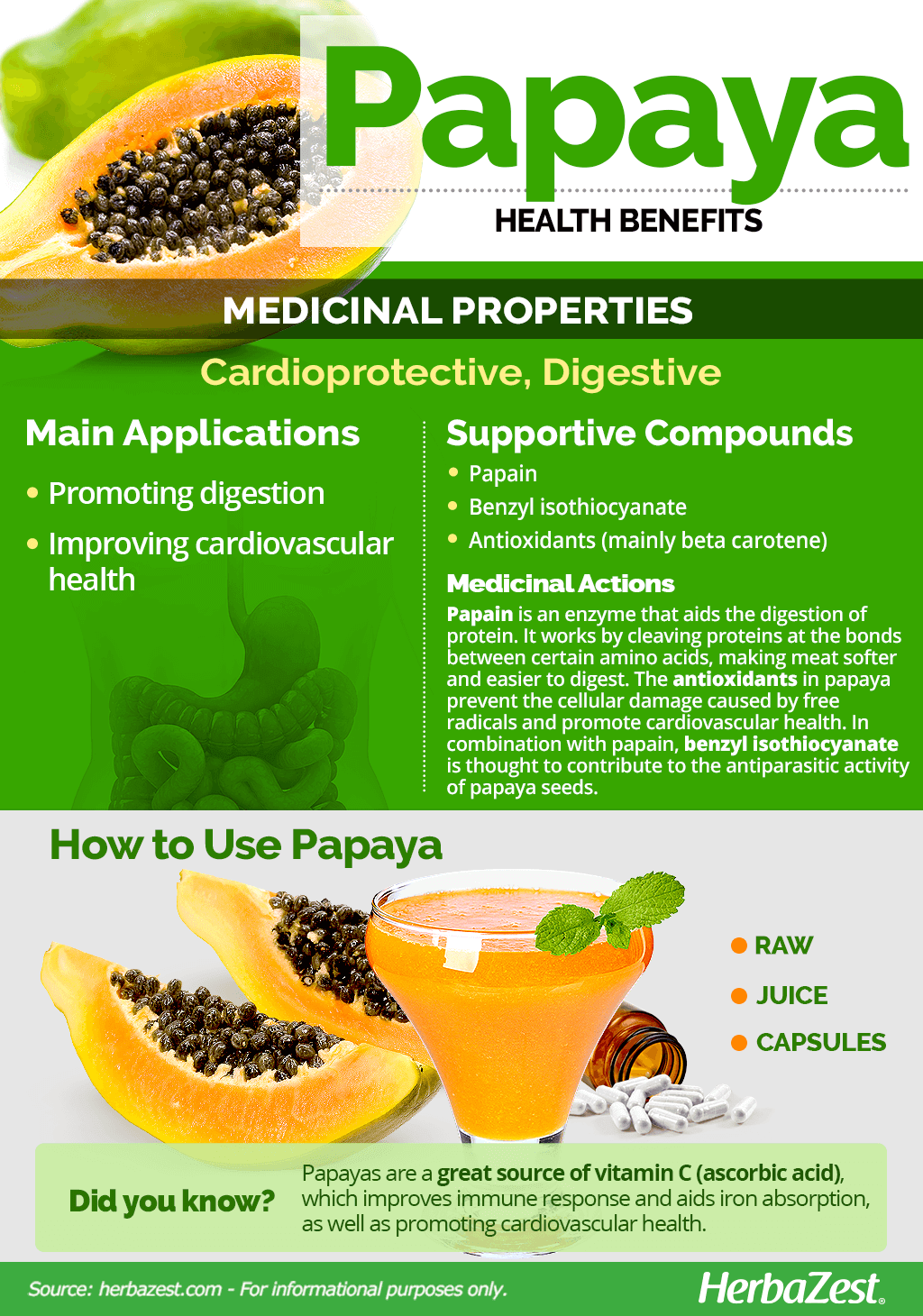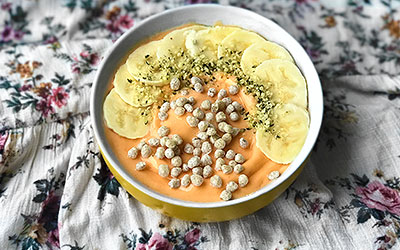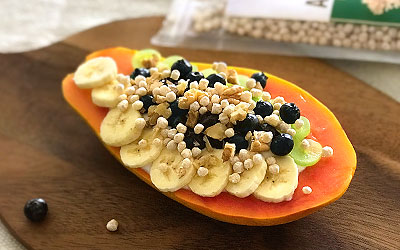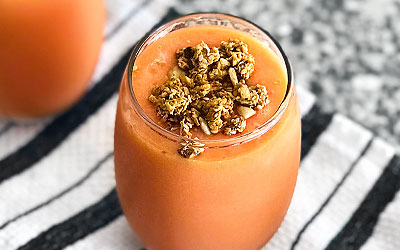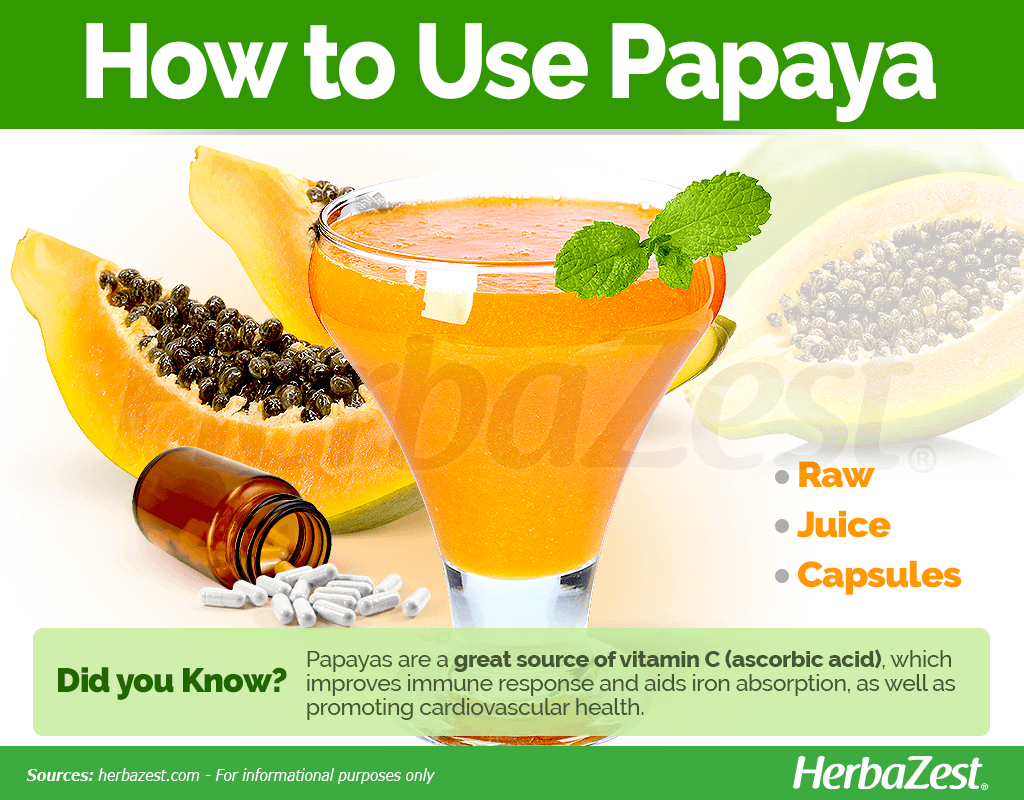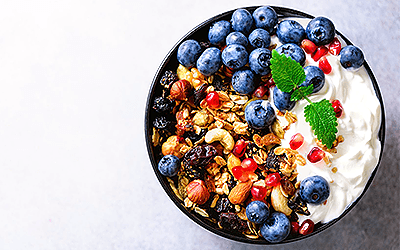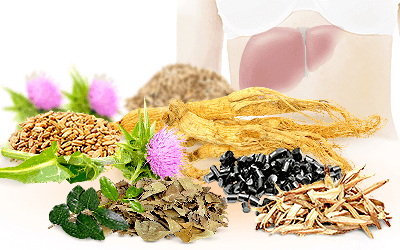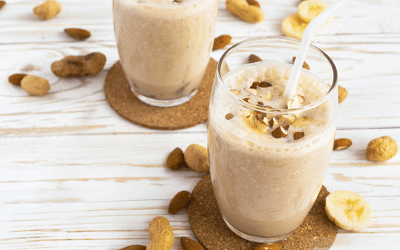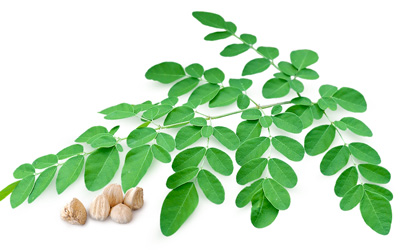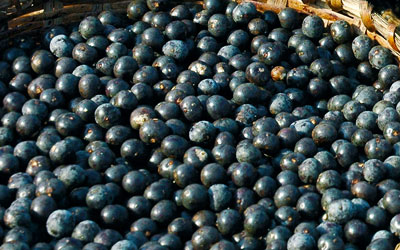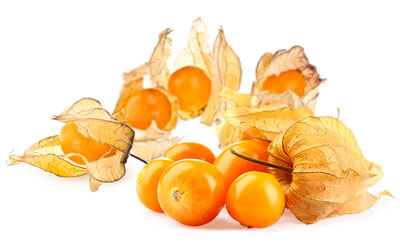Hailing from Central America, it is thought that the first papaya trees come specifically from southern Mexico, as the plant was cultivated in that region even before the emergence of prominent Mesoamerican civilizations like the Aztecs. The fruit was first discovered by Spanish and Portuguese settlers in the 14th century, and it was later introduced to Southeastern Asia and parts of Africa.
Papaya Medicinal Properties
- Medicinal action Cardioprotective, Digestive
- Key constituents Papain, benzyl isothiocyanate
- Ways to use Capsules, Food, Juiced
- Medicinal rating (2) Minorly useful plant
- Safety ranking Safe
Health Benefits of Papaya
Some of papaya most popular uses have been corroborated by scientific studies. Papaya digestive and antioxidant properties have been shown to be mainly beneficial in:
Promoting digestion. Papaya contains an enzyme called papain, which helps digestion.
Improving cardiovascular health. Papaya as a whole improve cardiovascular system, reducing cholesterol and protecting against heart diseases, heart attacks, and strokes.
Papaya has also been traditionally used for treating stomach worms, as well as relieving fever and malaria.
On the nutritional side, papaya has shown to be a great source of vitamins A (retinol), B9 (folate), C (ascorbic acid), and E; minerals, such as calcium, magnesium, and potassium; and dietary fiber.
How It Works
The most remarkable nutrient contained in pulp and seeds of papaya fruit is papain, an enzyme that aids in the digestion of protein. It works by cleaving proteins at the bonds between certain amino acids, making meat softer and easier to digest overall.1 It is thought that papain also prevents clots by helping to break down certain antibodies.
Papaya is also an excellent source of antioxidants, such as beta carotene, a precursor of vitamin A, and vitamin C (ascorbic acid) that prevents the cellular damage caused by free radicals and promote cardiovascular health. It also lowers cholesterol levels and protects liver health.2
Additionally, both papain and benzyl isothiocyanate are thought to contribute to papaya seeds anthelmintic activity.3
Apple and psyllium also possess digestive properties, and similar cardioprotective benefits can be found in herbs like avocado and sacha inchi.
Papaya Side Effects
The ripe papaya fruit is generally regarded as safe, though consumption of extremely large quantities can result in a harmless and temporary yellowish-orange coloration of the skin. Unripe papaya fruit has a latex on the surface that may cause skin irritation and other allergic reactions on contact.4
Cautions
Preliminary studies have found that, although ripe papaya fruit had no toxicity, unripe and semi-ripe preparations may cause contractions, possibly leading to miscarriage. It is recommended that pregnant women avoid unripe papaya and papaya seeds.

Papaya Nutrition
In spite of not being considered as a citric fruit, the nutritional value of papaya includes great amounts of vitamin C (ascorbic acid) which, in combination with other antioxidant compounds in the fruit, improve immunity, aid iron absorption, and promote cardiovascular health.
Papayas also provide adequate amounts of vitamin A (as beta carotene), vitamin B9 (folate), copper and magnesium, as well as small quantities of B complex vitamins, choline, vitamin E (alpha-tocopherol), vitamin K (phylloquinone), calcium, manganese, and potassium.
100 grams of papaya provide 43 calories and 7% of the daily value for fiber.
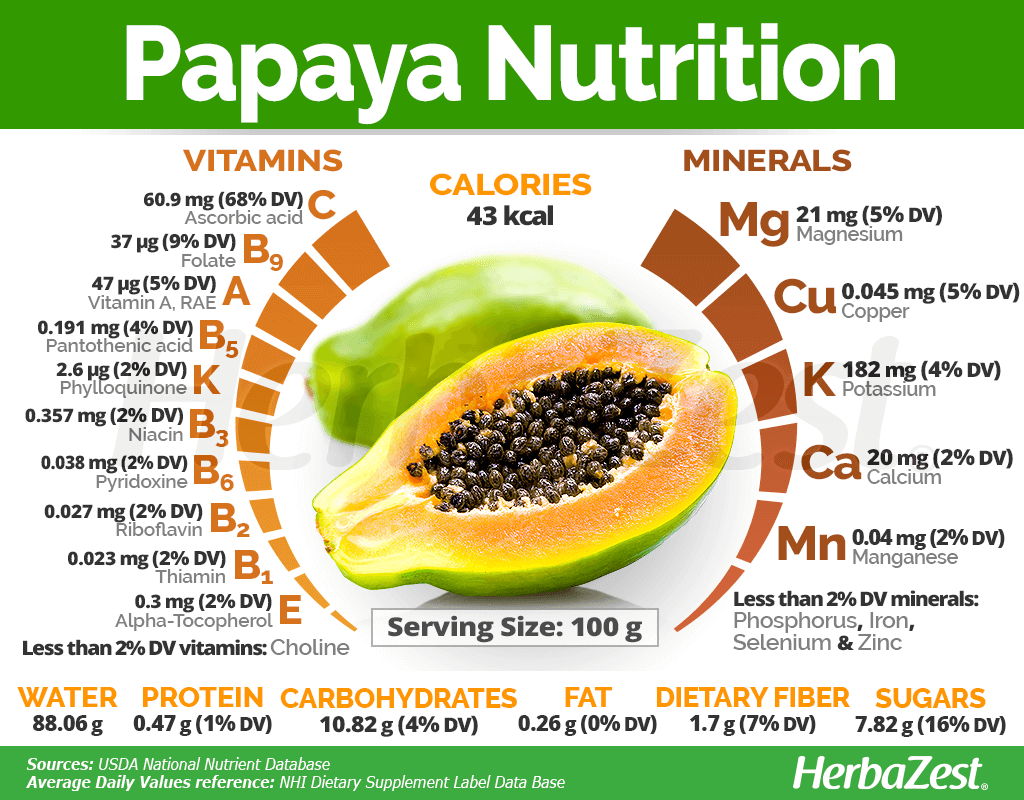
How to Consume Papaya
- Edible parts Fruit, Leaves, Seed
- Edible uses Beverage, Sweetener
- Taste Sweet
While consuming papaya as a snack or in juices is a great way to obtain its health benefits, supplements can be equally effective in relieving digestive discomfort, as well as a good option for those who dislike papaya taste.
Natural Forms
Raw. Papaya fruit can be eaten as a snack and as a part of a fruit salad. This way of consumption is great to collect its nutritional benefits, as well as to enjoy its sweet, mild flavor.
Juiced.Papaya can also be consumed as a juice or in smoothies, alone or in combination with other fruits, as a way of supplementing vitamin C and dietary fiber.
Herbal Remedies & Supplements
Papaya capsules. Papaya enzymes are present in this form. However, concentrations may vary depending on the commercial brand. They also come in chewable form.
Growing
- Life cycle Perennial
- Harvested parts Leaves, Fruit
- Light requirements Full sun
- Soil Light (sandy), Medium (loam), Loamy sand, Well-drained
- Soil pH 5.6 – 6.0 (Moderately acidic), 6.1 – 6.5 (Slightly acidic)
- Growing habitat Subtropical regions, Tropical rainforests
- USDA Plant Hardiness Zones 4a, 4b, 5a, 5b, 6a, 6b, 7a, 7b, 8a, 8b, 9a, 9b
- Pre-germination seed treatment Scarification
- Plant spacing average 3 m (9.84 ft)
- Growing time 10 months
- Propagation techniques Cuttings, Divisions
- Potential insect pests Mites, Whitefly, Fruit flies
- Potential diseases Viruses
- Potential animal pests Rodents
Cultivation of papaya trees is limited to tropical regions because of the plant's requirements and susceptibility to low temperatures.
Papaya prefers a temperature range from 70 – 90°F (21 – 32°C), and fruit production suffers at anything lower than 60°F (16°C).
The plant is quick to grow and flower, sprouting after 10 - 14 days and fruiting within three years.
Papaya grows best in light, porous soils rich in organic matter, with an ideal pH of 5.5 - 6.7. However, it can tolerate slightly acidic soil.
Papayas are generally grown from seed, but they can also be propagated by cuttings.
The plant needs plentiful rainfall or irrigation but must have good drainage.
Papayas grow stronger and are more fruitful with a spacing of six feet (1.8 m).
More detailed information about growing papaya can be found in the herb garden section.
Additional Information
- Other uses Textiles, Cosmetics, Perfume
Plant Biology
Papaya is a short-lived, fast-growing, woody, herb-like tufted tree that can grow up to 33 feet (10 m) tall and has regular, spiraling foliage. Its flowers are white, and fruit normally sprouts from lower on the trunk, as it is uncommon for it to have many branches. The color inside each fruit can vary depending on the part of the world to which the tree has adapted, ranging from yellow to a deeper red.
Classification
Carica papaya is the only species belonging to the Carica genus, which is part of the Caricaceae family. C. Papaya is a polygamous species (having male, female or hermaphrodite flowers on the same plant. The genus name Carica is derived from the Latin name for a kind of fig which the leaves and fruits of Carica papaya resemble; the specific word “papaya” probably comes from the common name of the fruit: “paw paw.”
Varieties and Subspecies of Papaya
There are two main varieties of papaya, and they get their names from the color of the flesh of the fruit. Though common throughout the world, red papaya is more commonly sold in Western markets and is quite sweet in flavor, while yellow papaya is slightly bitterer and found in certain Asian countries. Disease-resistant papaya cultivars, including 'SunUp' and 'Rainbow', are now the norm in Hawaii, in response to the papaya ringspot virus.
Economic Data
Papaya is commercially cultivated in 54 countries. However, the major producer of papaya has been consistently Brazil, followed by Nigeria and India. The top ten rank of producers also includes Mexico, Indonesia, Ethiopia, Congo, Peru, Colombia, and Philippines. However, all ten countries contribute with more than 71% of the total world production.
The latest UN records for worldwide papaya production weighted in at 11.6 million tons in 2011. On the other hand, the major exporters of papaya are Mexico, Malaysia, and Brazil.
Sources
- Australian Government, Department of Health and Ageing - Office of Gene Technology Regulator - The Biology of Carica papaya L. (papaya, papaw, paw paw)
- International Journal of Pharmacy and Pharmaceutical Sciences, POTENTIAL MEDICINAL PROPERTIES OF CARICA PAPAYA LINN. - A MINI REVIEW, 2014
- Journal of Medicinal Plants Studies, Traditional and Medicinal Uses of Carica papaya, 2013
- Purdue University, Papaya Carica papaya L.
- USAID, Papaya Ringspot Virus-Resistant (PRVR) Papaya “Why genetically engineer virus resistance into papaya?” - Fact Sheet
- Encyclopedia of Herbal Medicine, p. 183
- FAOSTAT, Papaya Production Statistics
- Medicinal Plants of the World, p. 80
- The Herb Book, pp. 293-4
- New York University - Langone Medical Center, Papain: nature’s own digestive aid
- University of Maryland Medical Center, Bromelain
Footnotes:
- Nutrients. (2019). Nutraceutical Potential of Carica papaya in Metabolic Syndrome. Retrieved January 31, 2022, from: https://www.ncbi.nlm.nih.gov/pmc/articles/PMC6682863/
- World Journal of Hepatology. (2021). Papaya improves non-alcoholic fatty liver disease in obese rats by attenuating oxidative stress, inflammation and lipogenic gene expression. Retrieved January 31, 2022, from: https://www.ncbi.nlm.nih.gov/pmc/articles/PMC8006076/
- Phytochemistry. (2001). Benzyl isothiocyanate is the chief or sole anthelmintic in papaya seed extracts. Retrieved January 31, 2022, from: https://pubmed.ncbi.nlm.nih.gov/11393524/
- Revista Alergia Mexico. (2018). Latex-papaya syndrome: an infrequent association. Retrieved January 31, 2022, from: https://pubmed.ncbi.nlm.nih.gov/29723936/
